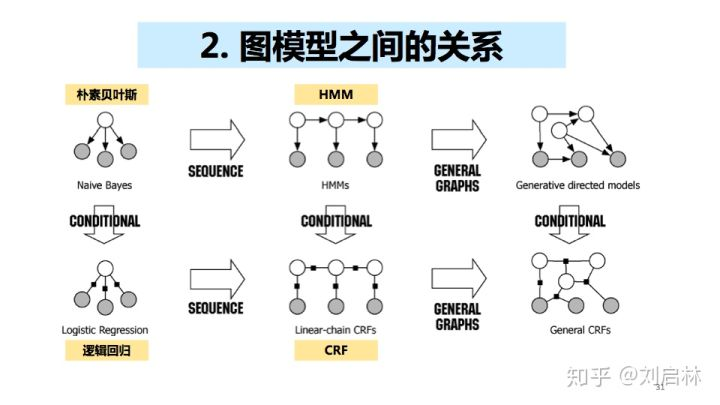长度最小的子数组
长度最小的子数组
题目:
https://leetcode-cn.com/problems/minimum-size-subarray-sum/
思路:
一开始想的是直接排序,然后从后面开始遍历,因为要求最小的
然后出错了,,,,,
class Solution:
def minSubArrayLen(self, s: int, nums: List[int]) -> int:
nums.sort()
end = len(nums) - 1
while end > 0:
for i in range(end,-1,-1):
if sum(nums[i:end+1]) >= s:
return len(nums[i:end+1])
end -= 1
return 0在
213
[12,28,83,4,25,26,25,2,25,25,25,12]
出了错,结果试了一下排序后的列表
